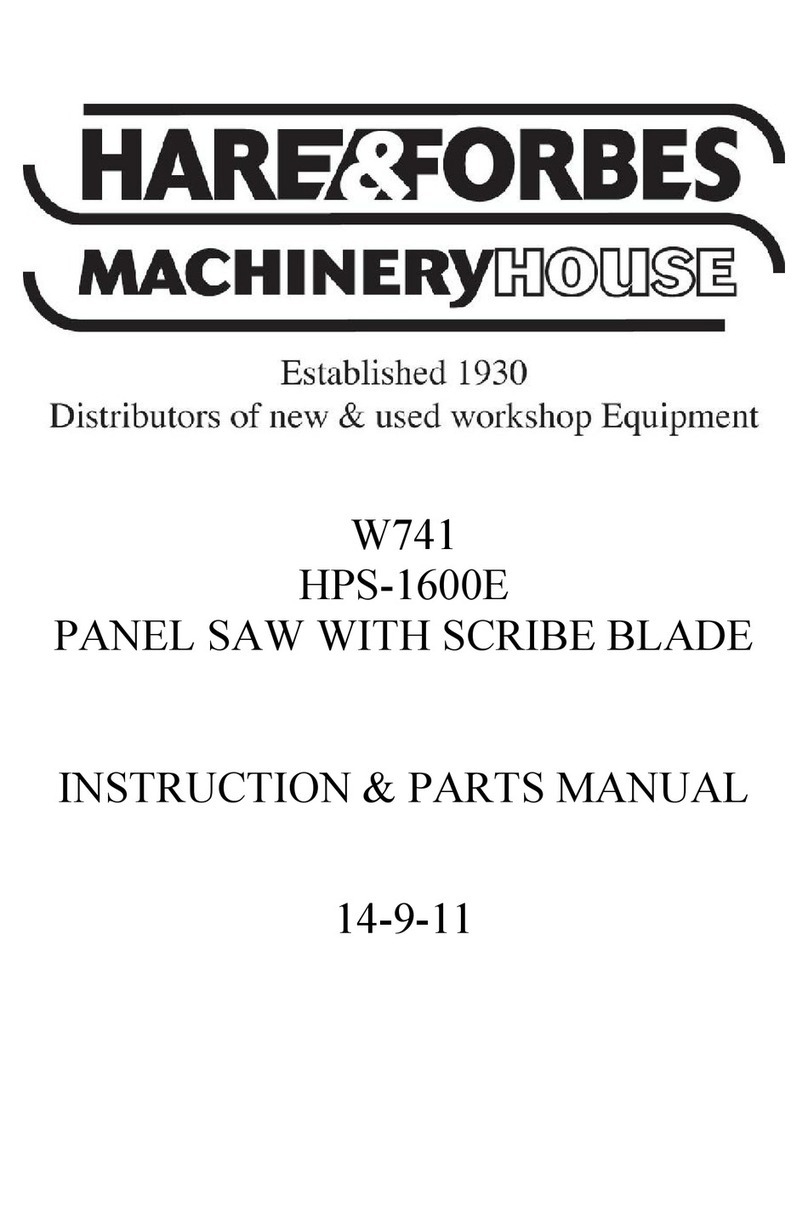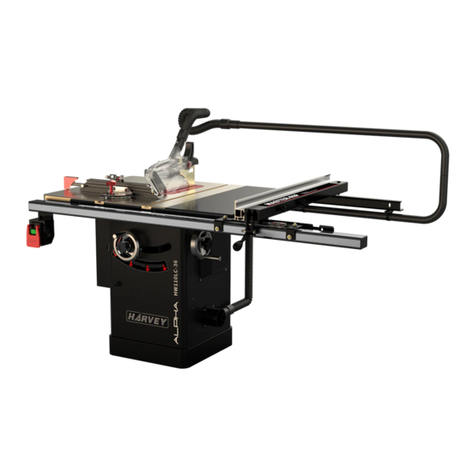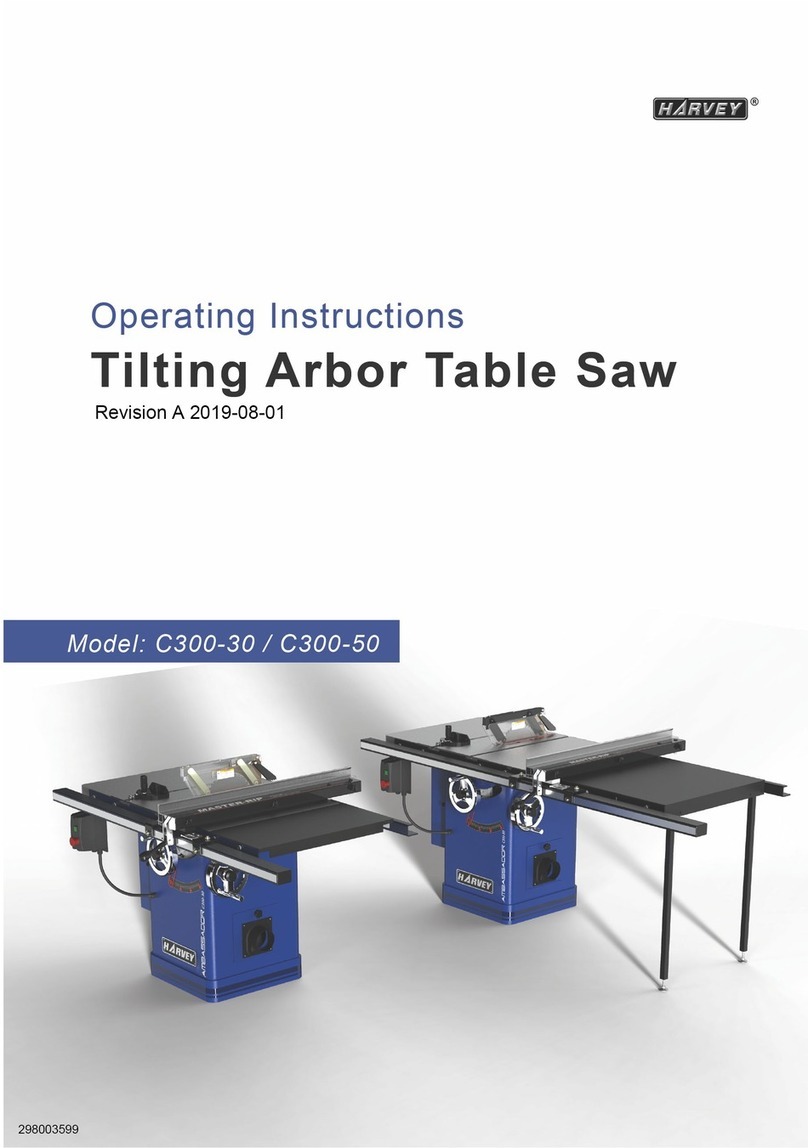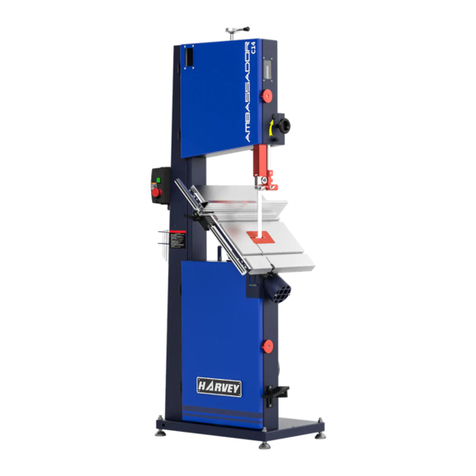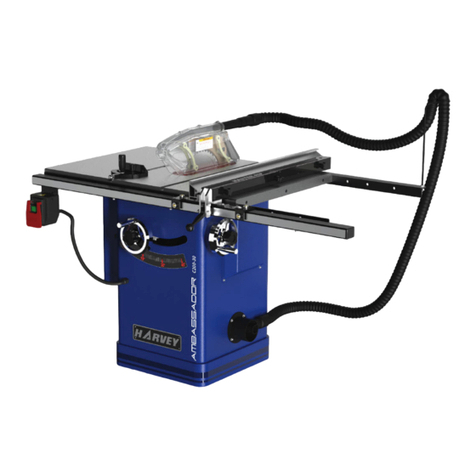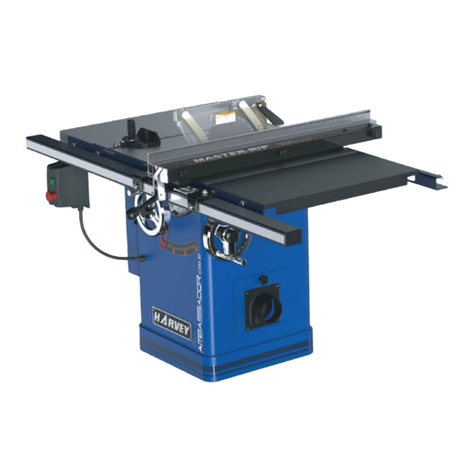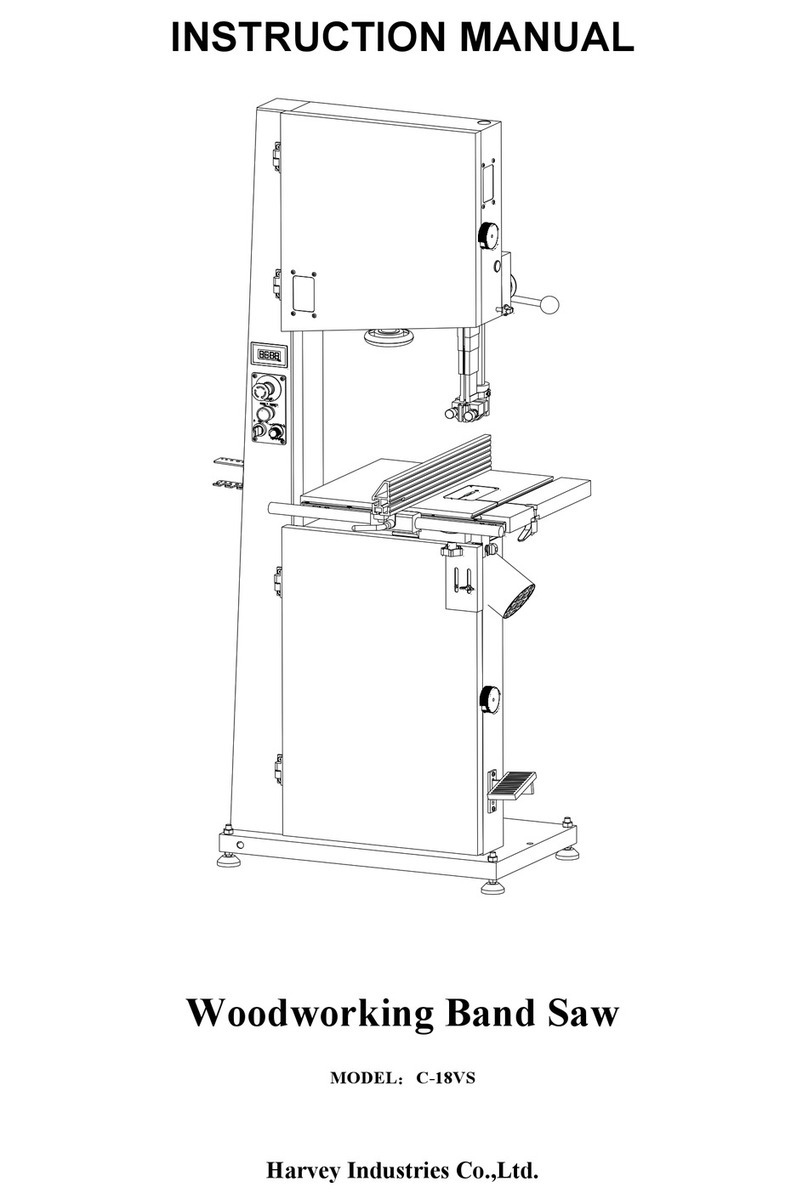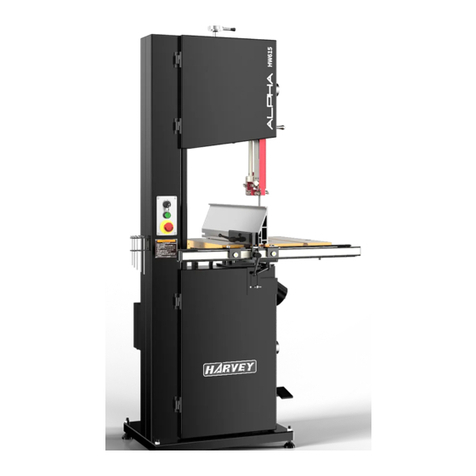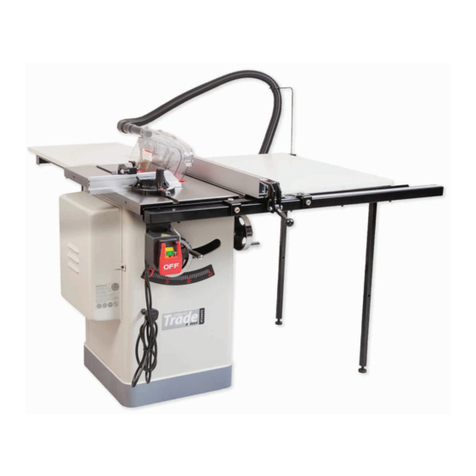
Contents
1. Foreword............................................................................................................................................... 1
2. Warranty Information......................................................................................................................... 1
3. Machine Description.......................................................................................................................... 2
3.1 Technical Parameters................................................................................................................. 2
3.2 Feature Identification...................................................................................................................5
3.3 Optional Equipment..................................................................................................................... 5
3.4 Intended Use................................................................................................................................ 6
3.5 Electrical Power Requirements................................................................................................. 6
4. Safety Regulations............................................................................................................................. 7
4.1. General Safety Instructions.......................................................................................................7
4.2. Table Saw Safety Instructions.................................................................................................. 7
4.3. Residual Risks............................................................................................................................ 8
4.4. Safety Eequipment..................................................................................................................... 8
5. Installation of the Machine............................................................................................................... 9
5.1 Transportation of Machines........................................................................................................9
5.2 Unpacking..................................................................................................................................... 9
5.3 Contents...................................................................................................................................... 10
5.4 Installation...................................................................................................................................12
6. Adjustment......................................................................................................................................... 17
6.1 Adjusting the Rip Fence........................................................................................................... 17
6.2 Aligning the Table T-slot Parallel with the Blade.................................................................. 17
6.3 Adjusting the 45°and 90°Positive Stops................................................................................ 17
6.4 Aligning Riving Knife with the Blade....................................................................................... 18
7. Operations.......................................................................................................................................... 19
7.1 Electrical Operation................................................................................................................... 19
7.2 Blade Elevation and Tilting Adjustment................................................................................. 19
7.3 Crosscutting................................................................................................................................19
7.4 Ripping........................................................................................................................................ 20
8. Maintenance....................................................................................................................................... 20
9. Trouble Shooting.............................................................................................................................. 21
10. Exploded View and Parts List..................................................................................................... 22
